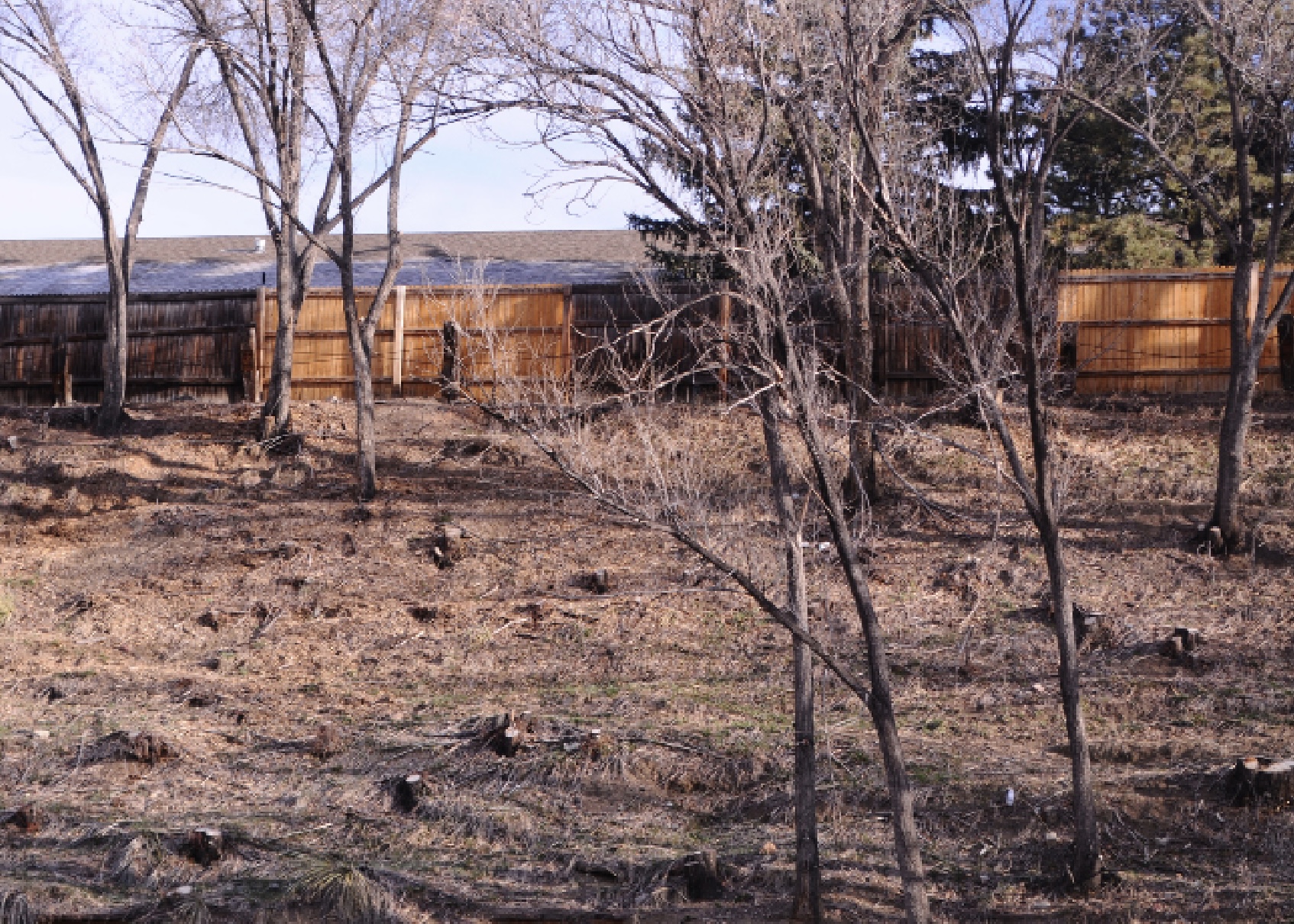What’s the most abundant tree in Colorado Springs? A few decades ago, you might have chosen cottonwoods, pines, ash or maple. The first two are native to the Pikes Peak region, while the latter were introduced by migrants in the 19th century.
Native and introduced trees lived together in harmony — until well-meaning arborists brought Siberian elms to the city.
Unlike other elms, Siberian elms behave like noxious weeds, taking over highway margins, ravines and untended public landscapes citywide. Drive down Interstate 25, and you’ll see them on both sides of the highway.
South of Nevada Avenue, where the highway parallels Fountain Creek, they seem to have replaced many of the cottonwoods that once dominated stream sides.
Trees are loved and respected in Colorado Springs, which has long treasured its designation as one of America’s “Tree Cities.”
Pull’em when you see ’em – Drs. Leslie Beck and Marisa Thompson
City founder William Jackson Palmer started things by bringing water to the treeless site of Fountain Colony via the El Paso canal and planting thousands of trees, initially cottonwoods. The cottonwoods flourished along the irrigation ditches that Palmer created, and were succeeded by elms, oaks, ash and maples.
Introduced in the second half of the 20th century, Siberian elms were thought to be just another shade tree, brittle-limbed but fast growing. Alas, things broke bad — and today the much-despised elms cannot be sold by arborists or planted in parks.
Nevertheless, according to a forestry survey in 2019, they account for more than 10 percent of the city’s tree canopy. We’re not the only victims — neighboring states and cities have to deal with them, as well.
“Several traits make Siberian elms (Ulmus pumila) one of the most despicable invasive tree species around,” wrote Drs. Leslie Beck and Marisa Thompson of New Mexico State University.
“For one, they produce a ton of seeds each spring that fly around, sprout up everywhere, and unless you get them that first season, are very hard to pull. If they just germinated this year, they’re probably still small enough to pull by hand. Pull ’em when you see ’em. You’ll be sorry if you don’t.”
They’re the fastest-growing trees in Colorado. In 10 years, they’ll reach 30 feet and in 20 years soar to 50 feet, topping off at 70. They’ll also send out shallow underground roots that will surface as new trees if not uprooted and cut off. They’re fragile, shedding limbs and twigs.
What’s good about them? They give you shade in years, not decades. They’re immune to disease, and cost you nothing to plant if there’s one in your neighborhood. Dozens of seeds will drift over your yard, and a few will take root.
They’re unwelcome, unloved, illegal and apparently here forever.
City Forestry occasionally steps in to remove elms in Monument Valley Park, but the department is not responsible for unkempt roadsides, such as West Uintah Street between I-25 and 17th Street. The slopes between fenced-off urban development and the street below are home to dozens of elms.

“Siberian elms are very invasive and can out-compete native brush, shrubs and trees,” said City Forester Dennis Will. “Therefore, the city does work to mitigate this invasive species.”
Although they’re well aware of the problems, city forestry staffers can do only so much. They’re responsible for all the street trees in the city, and their budget is barely sufficient for that.
The Colorado Department of Agriculture doesn’t pay much attention to the elms. A long and accurate description of the trees on its website ends with this sentence: “Siberian elm can dominate new locations in just a few years due to its adaptability, high rate of germination, and rapid growth. There are few occurrences of this species documented in Colorado.”
Say what??!!
Can the invasion be stopped? Probably not. In OCC’s relaxed, sunny environment, the elms have thrived. After all, how else can you get a nice shade tree for nothing?
